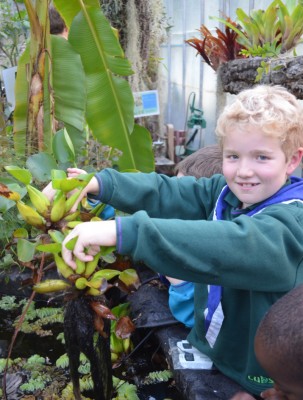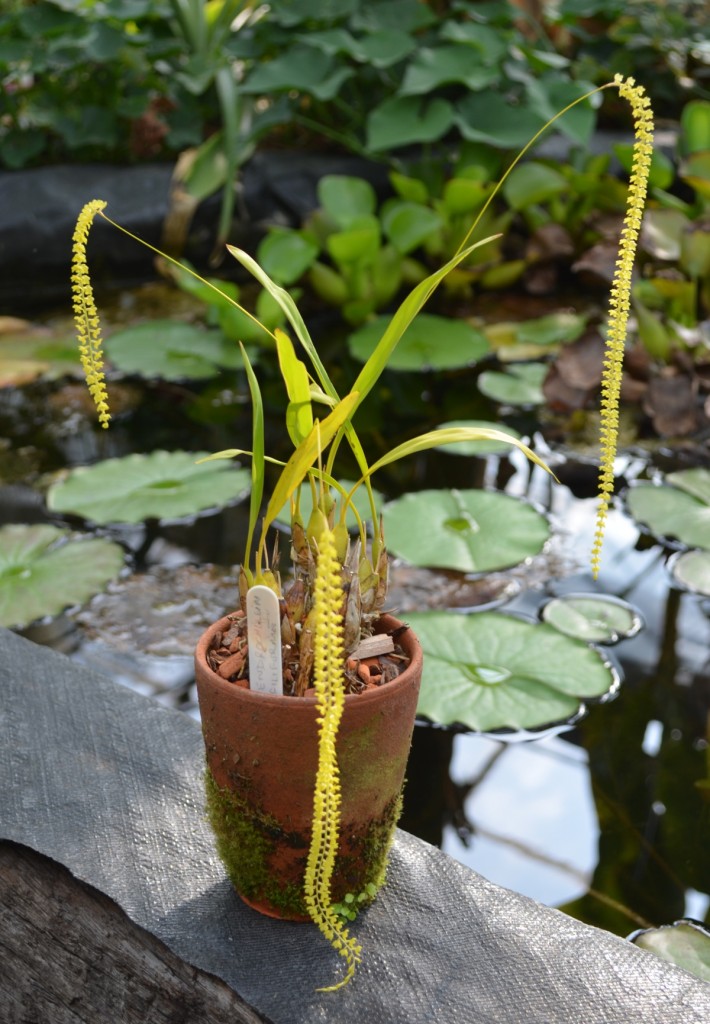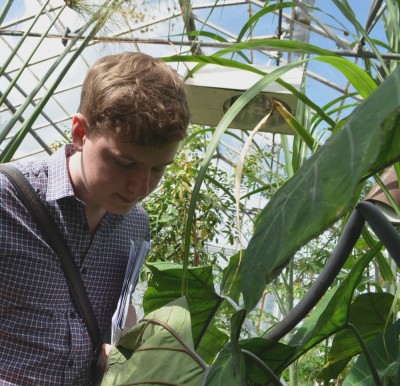That sentence may sound familiar to many of you who frequent this blog (followed closely by “Botany, so you’re a gardener then?” but we won’t go in to that). Being asked about the identity of a random plant that mysteriously turned up in someone’s garden is something you get used to. This blog is what happens when the universe conspires and the planets align and a class project coincides with an innocent question from the mother of a botanist… Continue reading
-
Recent Posts
Recent Comments
- kriesnendu houly on Amorphophallus konjac: Can You Resist the Lure of the Devil’s Tongue?
- kriesnendu houly on Amorphophallus konjac: Can You Resist the Lure of the Devil’s Tongue?
- Zoe Cooke on Arachis glabrata – Perennial Peanut
- Alexander Gavin on Catharanthus roseus – Cancer fighting
- Edward Ofori on Catharanthus roseus – Cancer fighting
Categories
Meta
Activity
- Africa
- Americas
- Annual Fund
- Asia
- Australia
- Carnivorous Plants
- Collaborators
- Compost
- Countries
- Crops
- Design
- Evolution
- Ferns
- Fish
- Hands-on
- Integrated Pest Management
- Interactive
- Labelling
- Learning and Teaching
- Low Nutrient Environments
- Lycopodiophyta
- Madagascar
- Meeting
- Mexico
- Monocots
- Neotropics
- Palaeotropics
- People
- Philippines
- Planning
- Pond
- Primary Schools
- Public
- School Visits
- Secondary Schools
- Species
- Staff
- Students
- Technology
- Uncategorized
- Water Plants
Archives
Blogroll









